The first stage of baby weaning begins at 6 months, so it's helpful to make sure you feel prepared to begin introducing foods to your little one. But which superfoods are best to start with?
Vegetables are a good place to start as they're tasty and nourishing in equal measure. Babies are most receptive to trying out new flavours at this point and by weaning with vegetables from the outset, you're encouraging them to enjoy these flavours. This helps prevent them from developing too much of a taste for sweet things.
The 10 best weaning superfoods
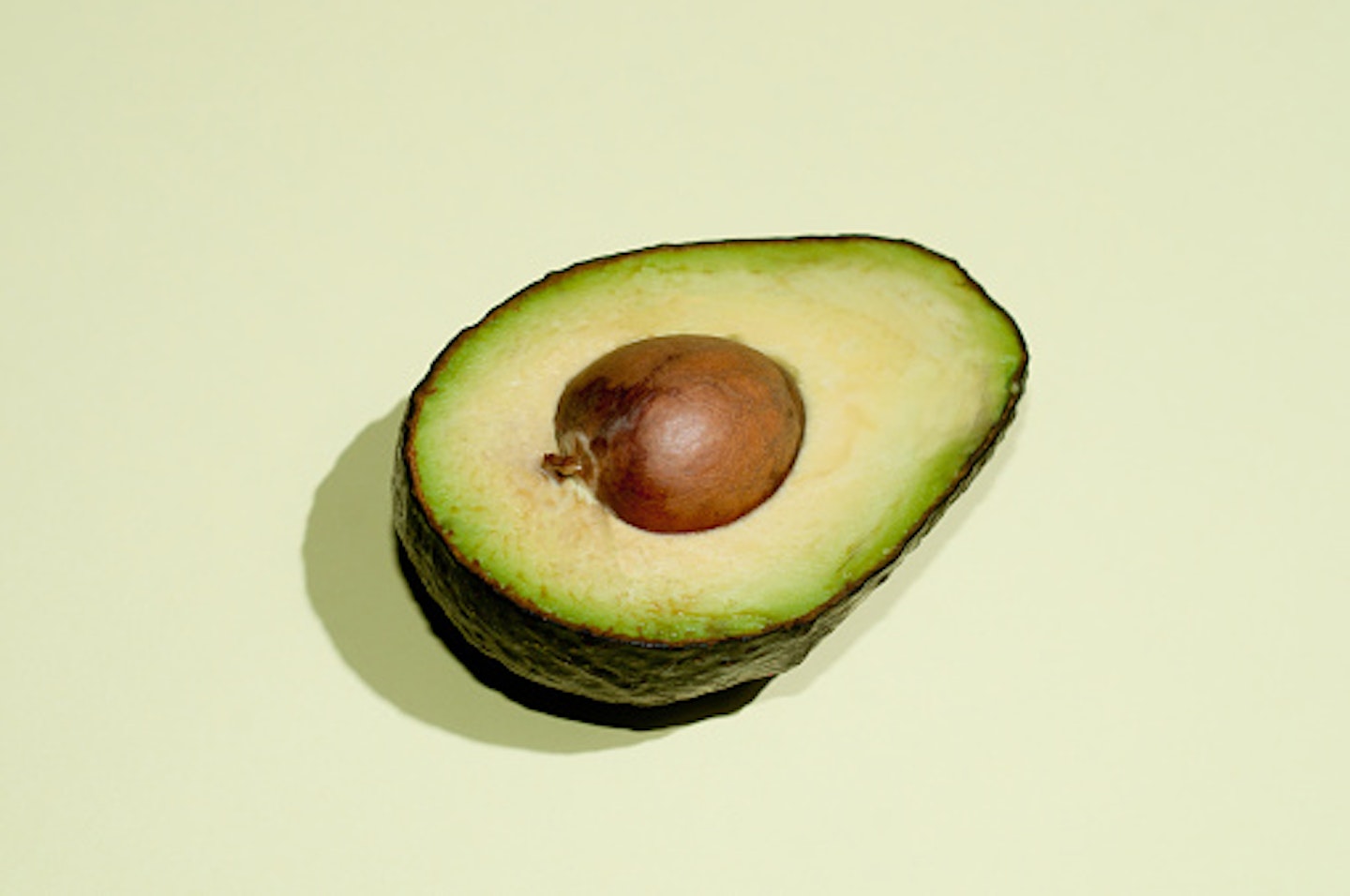 1 of 10
1 of 101) Avocado
Making it straight into the top 10 without a pause for thought is the avocado. It boasts more than 20 vitamins, giving this trendy fruit plenty of nutritional bang for every teeny bite your tot takes. It contains more protein than almost any other fruit, which is an important building block for bones, cartilage and skin, and is also needed to produce the hormones and enzymes that regulate your baby’s body.
It’s also a fab source of fat, which your youngster needs in her diet to support normal physical and mental growth and development, and to enable her body to absorb vitamin A. But what secures its long-term position as a weaning superfood is that all babies love it. The taste isn’t overwhelming, and it combines well with various other flavours, making it a great base for baby food.
Make it!
Scoop out the flesh of a small, ripe avocado and mash together with a small, ripe banana. For a thinner consistency, or if you’re serving it as a first foods breakfast, mix in a little of your baby’s usual milk. Suitable from 6 months.
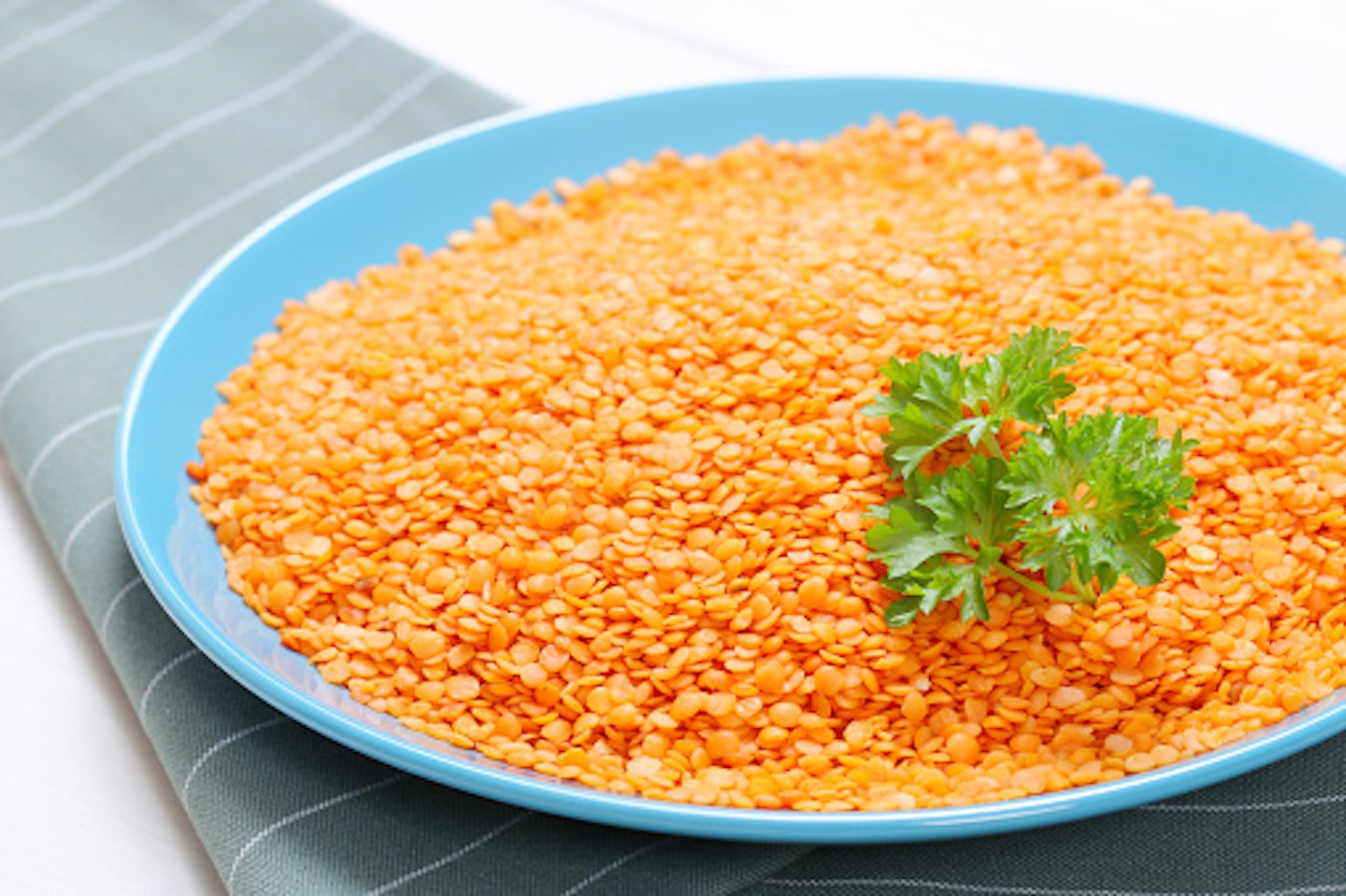 2 of 10
2 of 102) Split red lentils
Lentils should be on every tot’s menu – and they’re super-easy to prepare, too. Split red lentils are best at this stage as they’re soft and blend to a super-smooth consistency. Not only will lentils boost your tot’s energy levels, they’re rich in folate, a B vitamin which aids new cell formation.
But the reason why they’ve made it onto the top 10 list is that they’re high in fibre, too, which will help to stop your youngster’s tummy getting bunged up. And when you’re weaning, keeping everything moving on through her digestive system, really helps!
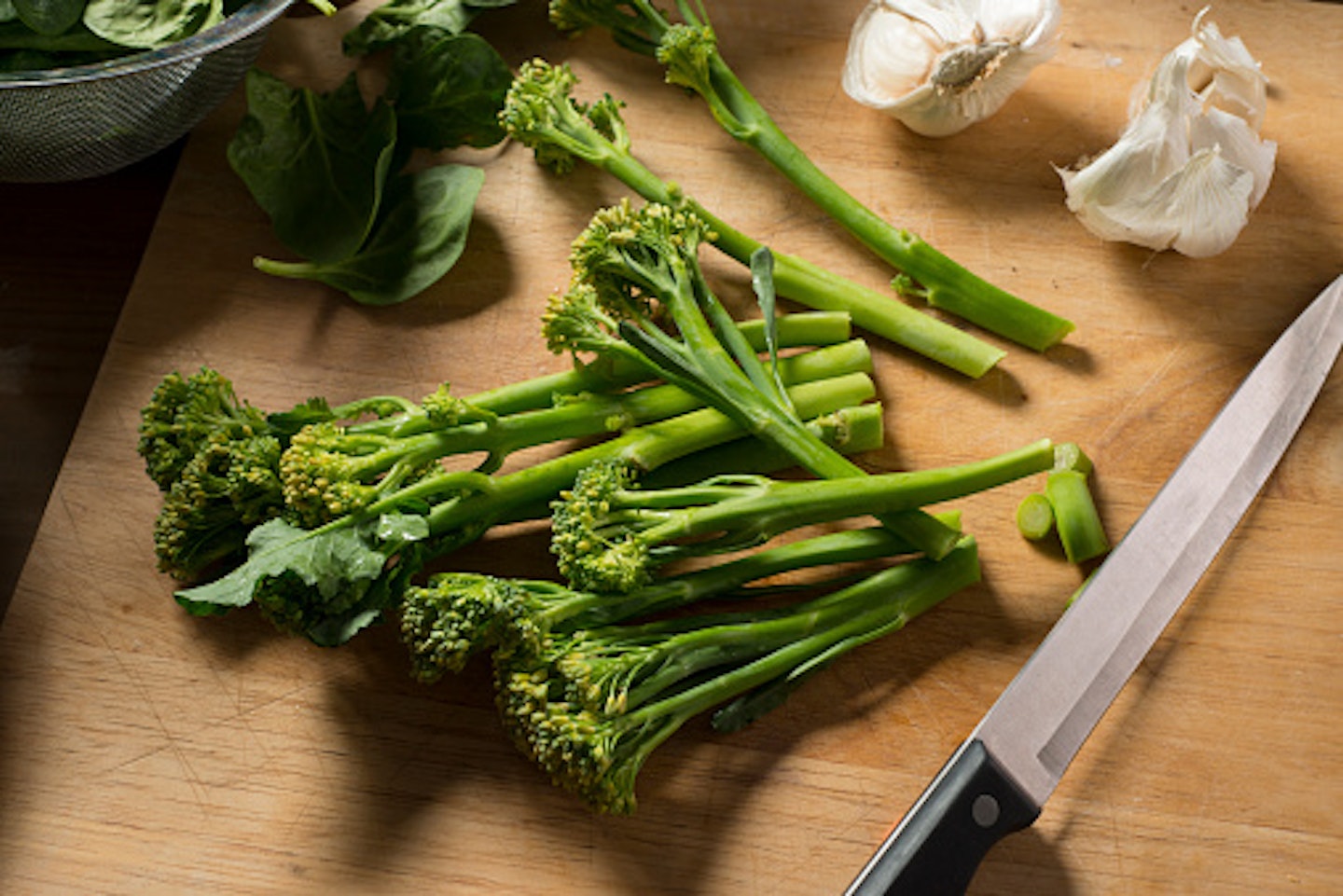 3 of 10
3 of 103) Tenderstem broccoli
These little trees deserve a regular spot on your youngster’s tray. All broccoli is good, but choosing tenderstem makes it easy for a little fist to grab and puts your tot in charge of eating. It will help her develop and support a strong immune system, as it’s packed with Vitamin C.
Also known as ascorbic acid, Vitamin C is an essential nutrient for your tot to build her natural defences as it helps her bacteria- and virus-fighting white blood cells to function better. And, as it can’t be stored in the body, it’s important to incorporate into her meals regularly. Broccoli is rich in vitamin A, too, which helps to sharpen and improve her vision, and it’s a good source of fibre to keep her tummy happy.
Introduce this bitter veg sooner rather than later, as your tot will be more receptive to new foods before she reaches ten months.
Tip!
If she’s happy munching broccoli as finger food but turns her nose up at a purée, blend it with a sweet root vegetable such as parsnip, to counteract the bitterness.
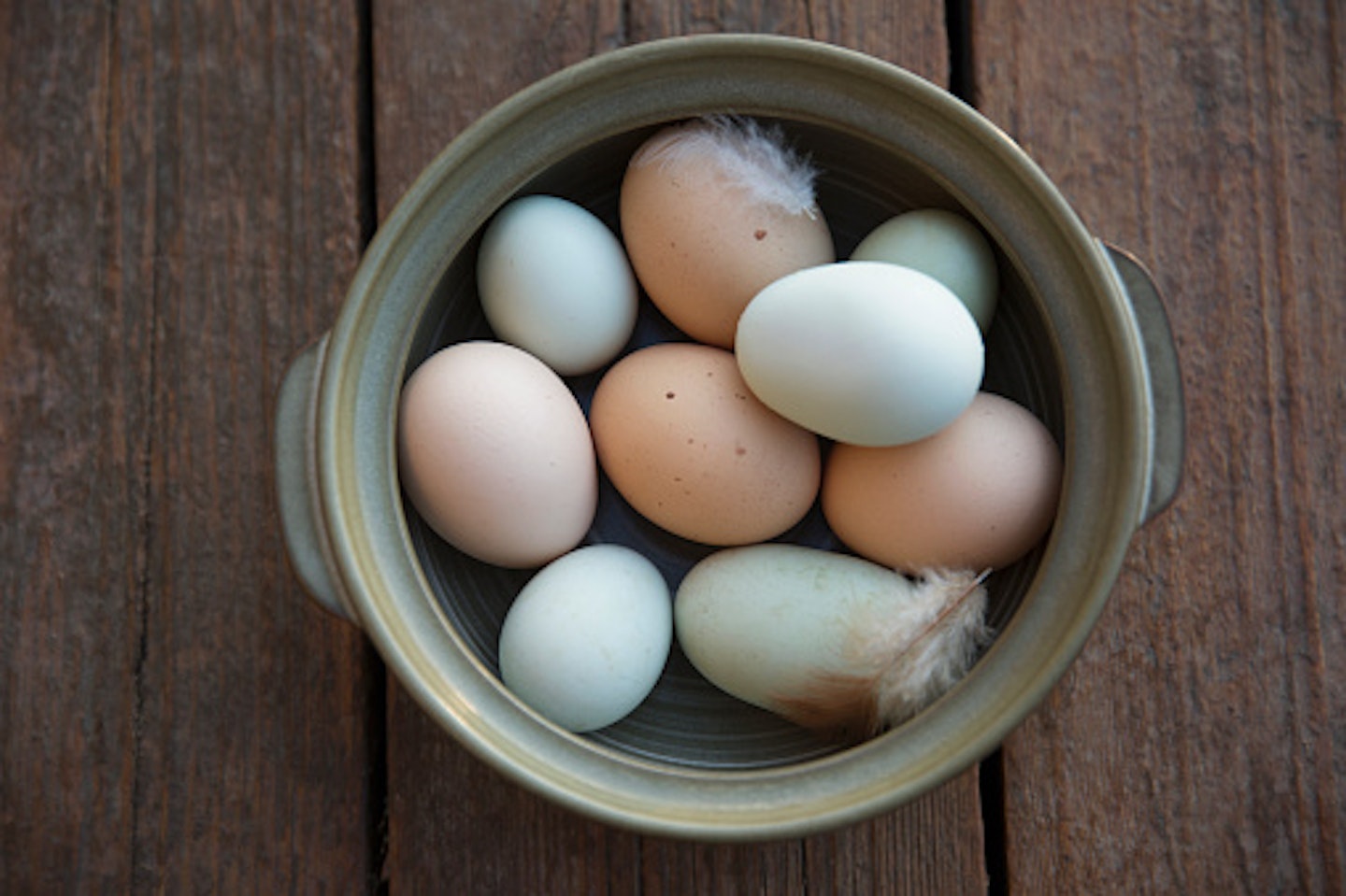 4 of 10
4 of 104) Free-range Eggs
Smashing into the top 10 at number seven is the humble egg. It’s one of the few food sources of vitamin D, which your tot needs to absorb calcium and promote bone growth. Do always reach for the free-range eggs though, as they contain up to 30 per cent more of this sunshine vitamin than their factory-laid equivalent.
Eggs are also packed with the nine essential amino acids that’ll help your little one grow strong and healthy hair and nails. And, best of all, this little shelled powerhouse of nutrients and vitamins can boost your baby’s brain. They contain both omega-3, a healthy fat which aids early brain development and cognitive memory, and choline, which helps her brain cells to produce the neurotransmitter acetylcholine, which aids mental focus and learning.
Worried about feeding eggs early in case of an allergic reaction? Introducing potentially allergenic foods early in the weaning process can reduce the risk of her developing an allergy, but if your little one has eczema or there are known food allergies in your family, do chat with your GP first.
Tip!
If your little one doesn’t love eggs on their own, sneak a yolk into her favourite purée so she can still reap the benefits. And don’t forget – if the egg is stamped with the red lion, it’s totally safe to serve it with a runny yolk…dippy egg and soldiers for breakfast it is!
 5 of 10
5 of 105) Peanut Butter
It’s important to introduce nuts early, unless there’s a family history of nut allergies (when you should chat to your GP, first). Children under five can’t have whole nuts so a natural, smooth peanut butter is the easy answer.
It’s a great source of vitamin E, which helps your little one maintain healthy skin and eyes, and strengthens her immune system. Look at the ingredients list on the jar before you buy: peanuts should be listed as the first ingredient, and make sure there’s no added sugar or salt.
Make it!
Thinning the peanut butter means it won’t stick to the roof of your tot’s mouth, and makes it easier to swallow. Simply dilute with an equal amount of warm water and stir. She’ll then be able to dip toast fingers and, of course, her fingers, into it.
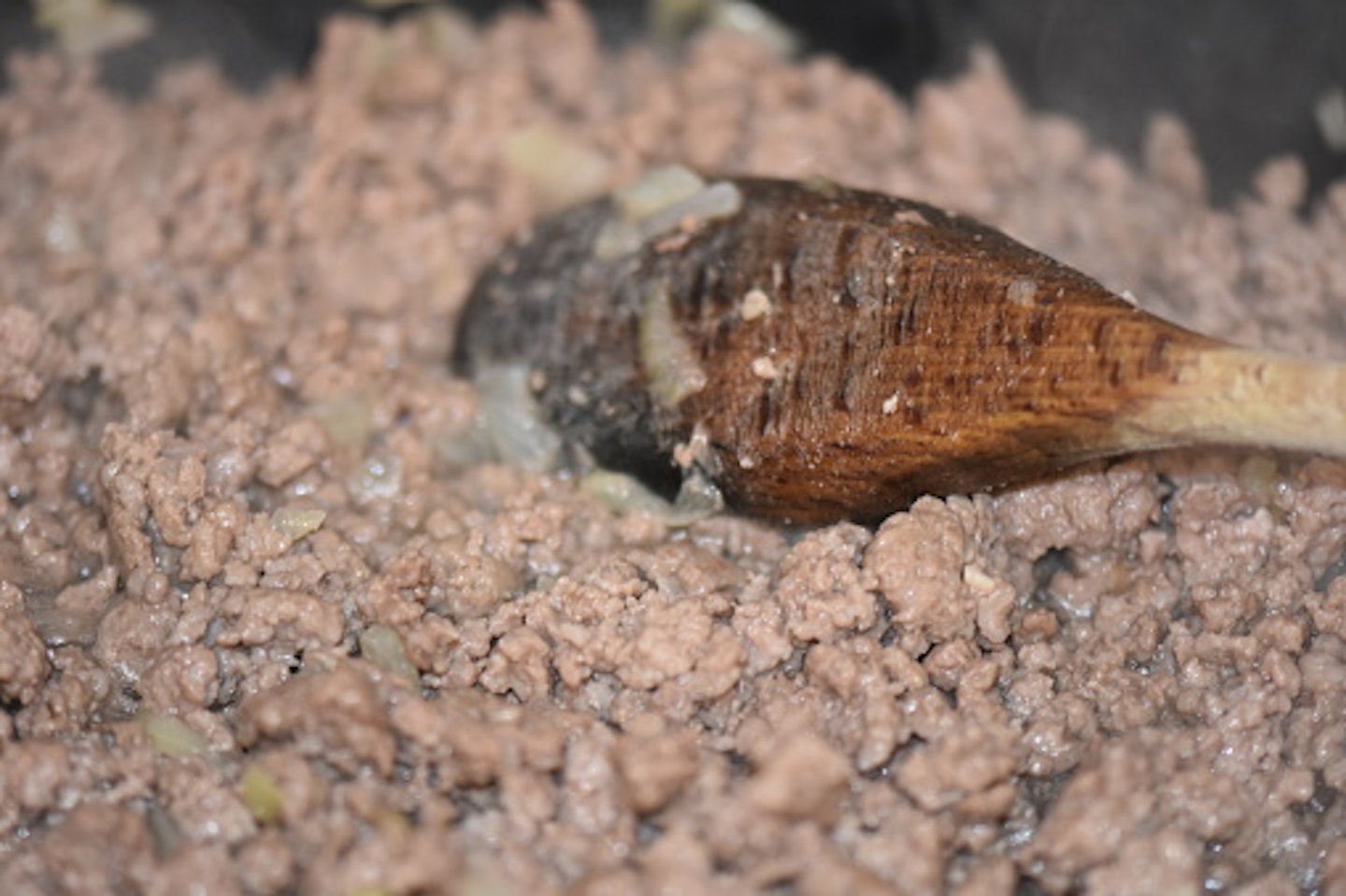 6 of 10
6 of 106) Lean minced beef
If you’re a meat-eating family, then introduce red meat in the second week of weaning (from six months) as it’s full of iron. Your little one needs this mineral in order for her body to make haemoglobin, which carries oxygen to her organs and muscles. She’s been busy using the store of iron she inherited from you up until now, but it’ll be running out by this point. 15 per cent of babies are iron deficient, so if you choose to introduce meat, it's worth persevering with beef even if your tot’s not too keen on the texture to begin with. Your youngster’s body will absorb iron from meat more easily than iron from any other food source, and lean beef is packed with it: the darker the flesh of the meat, the higher the iron content.
Tip!
Veggie? Iron-fortified cereals are a good option to make sure your tot gets her RDA of this essential mineral. To help your tot absorb the iron, serve it with a source of Vitamin C such as a few strawberries.
 7 of 10
7 of 107) Salmon
Want your babe to sleep better? Then make sure salmon is on your kitchen playlist. This flaky pink fish is one of the best sources of the long-chain omega-3 fatty acids EPA and DHA.
Low levels of these fatty acids are linked to lower levels of the hormone melatonin, which helps her nod off naturally, and studies show that increasing omega-3 can enhance length and quality of a youngster’s sleep. DHA is also vital for brain growth and development in infants, and studies suggest children who get enough of this essential fatty acid grow up to enjoy higher intelligence, better social skills and fewer behaviour problems.
Make it!
Steamed salmon makes a great finger food. Place the fish in a microwavable dish, add 2 tbsp milk and a sprig of dill, and dot with 15g butter. Cover, leaving an air vent, and microwave on high for 2-3 minutes.
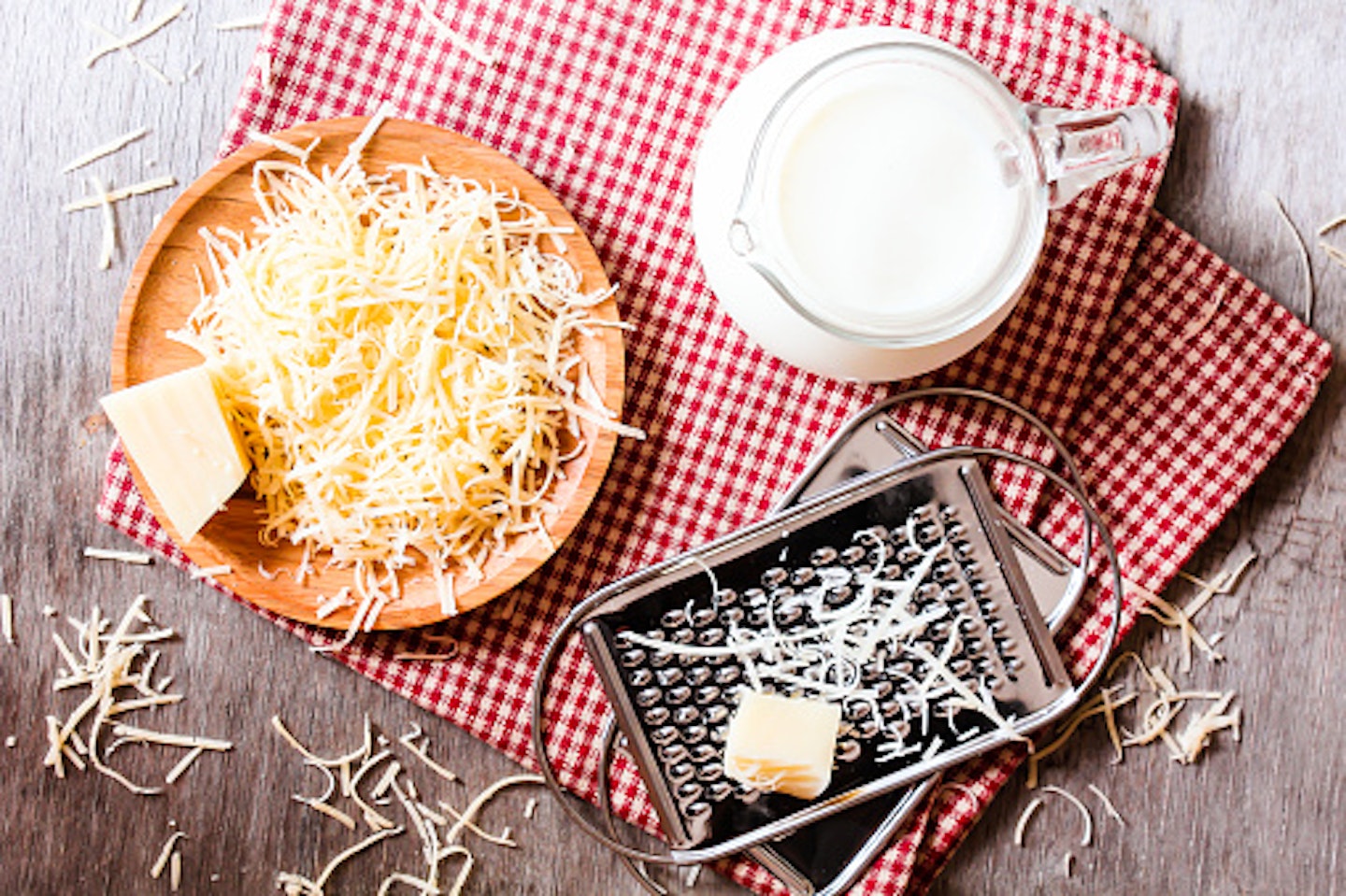 8 of 10
8 of 108) Cheddar cheese
Cheese is so dense in nutrients, it’s great for tiny tummies, as you only need a little to make a difference. And most babies love it! Cheddar is a versatile option because it’s mild in flavor, easy to grate for a fast finger food, and can be thrown into just about any dish!
Cheddar cheese is rich in the calcium she needs to grow strong bones and teeth, and the protein she needs for her cells to grow and repair themselves. It’s also important that your little one gets enough calories – and we all know cheese has no shortage of these. By the time she’s one, your little one will need around 700 calories a day, so cheese is a smart option to fuel her adventures. Half of this energy should be coming from fats, so stick with full-fat cheese until she’s two.
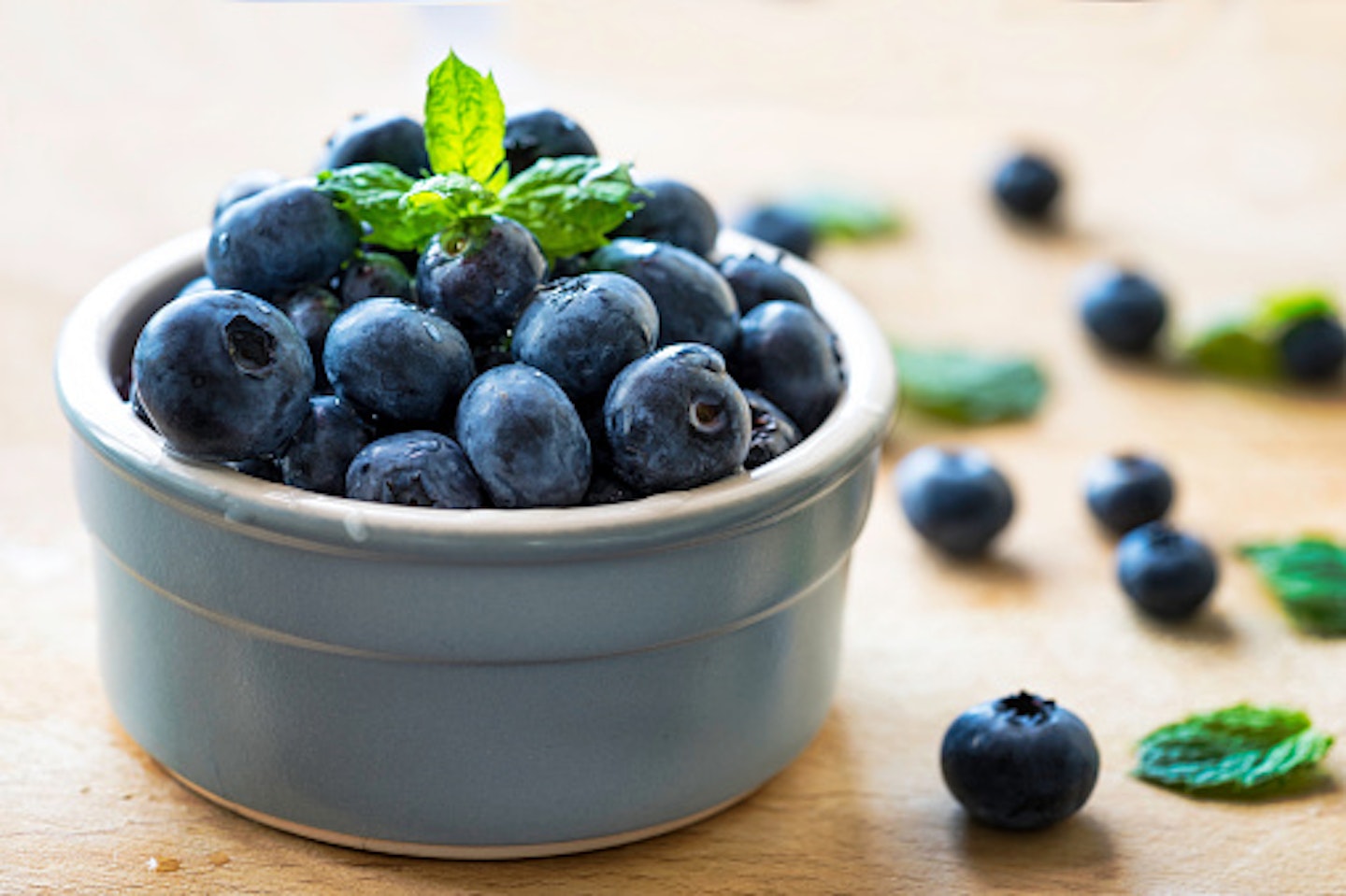 9 of 10
9 of 109) Blueberries
These tiny sweet balls of nourishment will feel like a real treat to your tot – but do cut them in half to remove the choking risk. Blueberries will gift your tot an array of vitamins, minerals, including Vitamin K, magnesium and calcium, all of which are essential for her to grow strong and healthy bones.
But what boosts this little berry to the superfood list is its plant compound, anthocyanin. This helps to prevent disease, increases energy and promotes healthy hair and skin. It what gives these berries their blue hue, and the darker the berry is, the more it’s got.
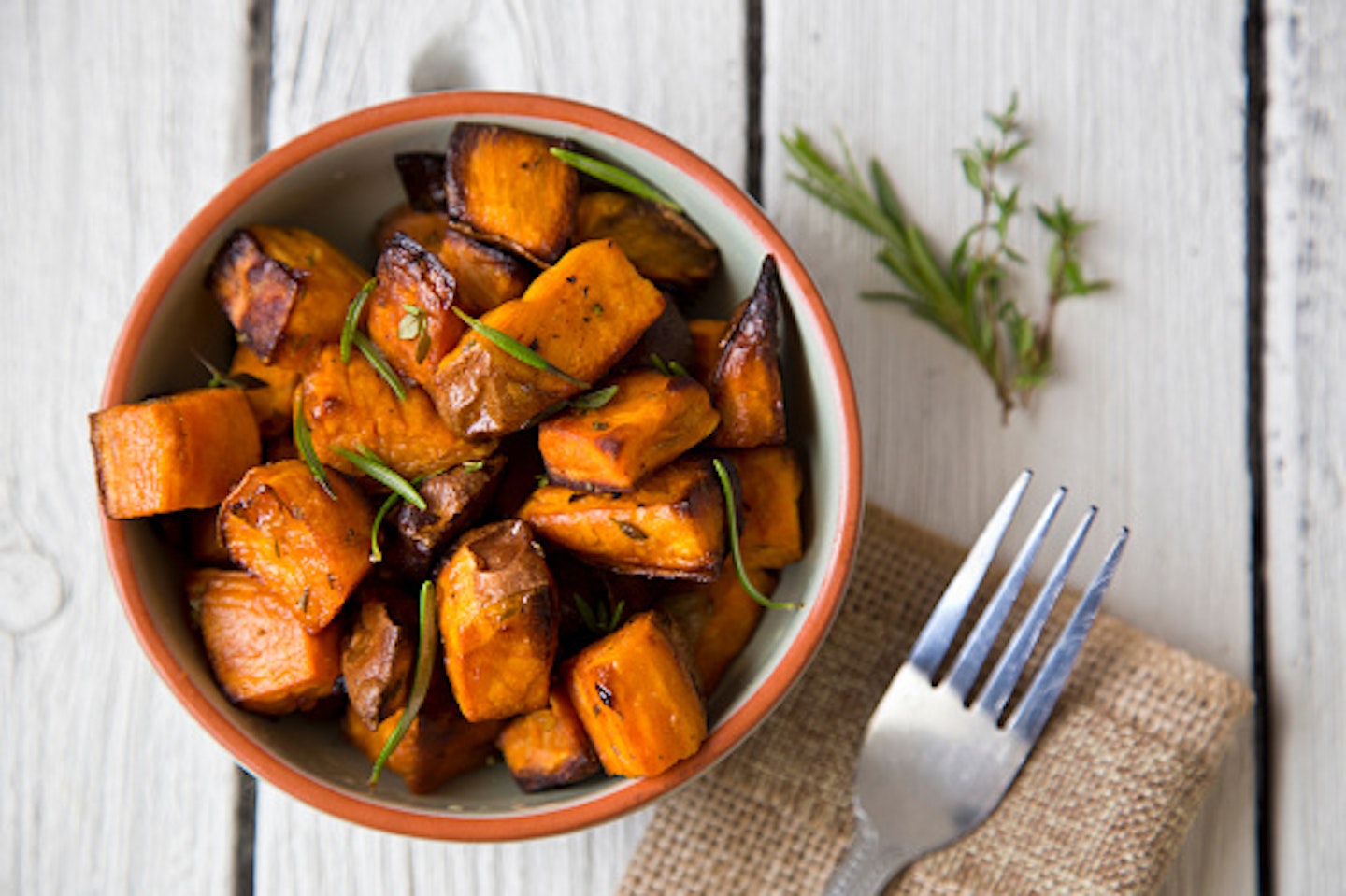 10 of 10
10 of 1010) Sweet potato
Root vegetables are the ideal first weaning food. They’re unlikely to cause allergies in babies and are sweet, so they’re a great transition from milk. Sweet potatoesare one of nature’s highest sources of beta carotene, which is the red-orange pigment that also gives carrots, butternut squash and cantaloupe melons their cheery hue.
Once consumed, beta carotene converts to vitamin A, which helps your youngster to build strong bones, teeth and tissue and aids quick repair of bones and muscles. And cleverly, your little one’s body will only convert the amount she needs.
Popular articles to read next
The best weaning books to get you through the weaning journey
